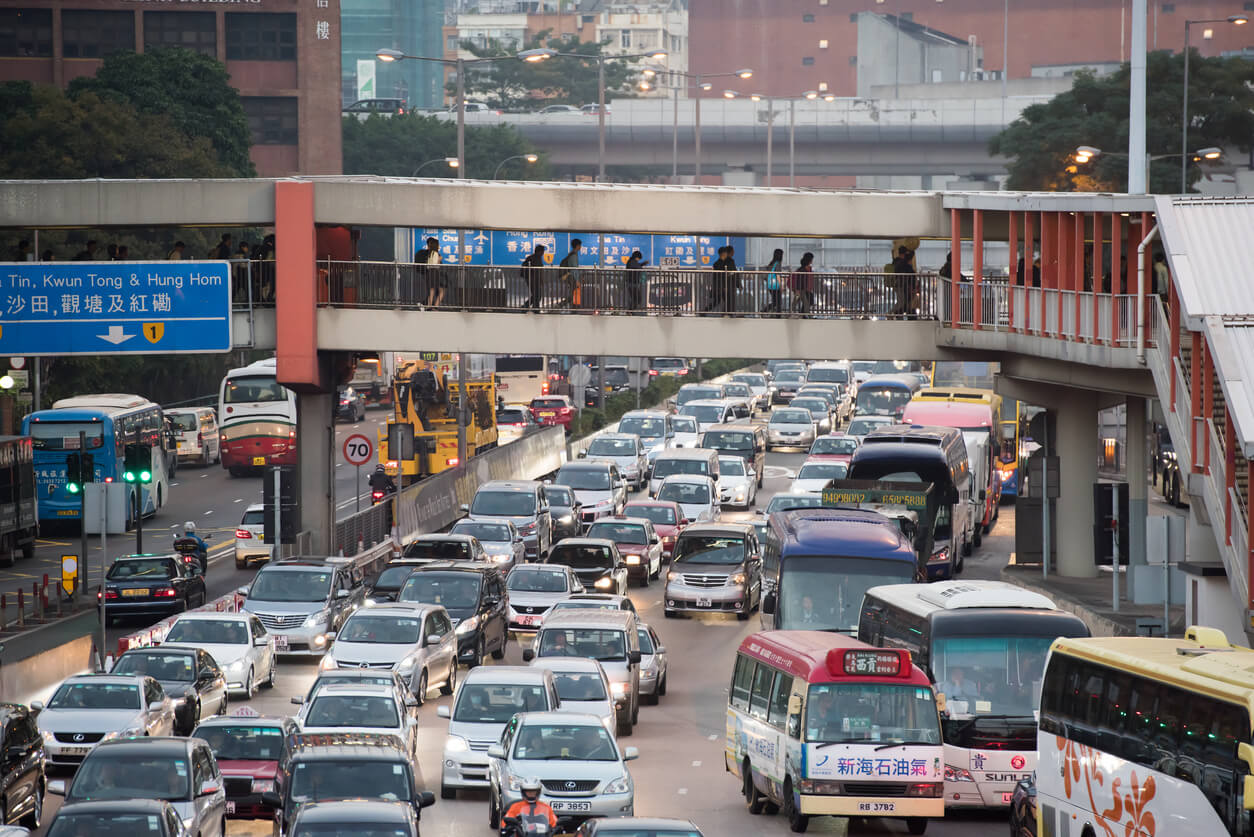The ICCT’s light duty vehicle program works with regulatory agencies as well as other government officials, researchers, nongovernmental organizations, and private-sector stakeholders to reduce fuel consumption, greenhouse-gas emissions, and air pollution from the global light-duty vehicle fleet, beginning with the essential task of protecting and extending the gains that have been made through existing efficiency standards. Our research staff works to assess technology trends, evaluate benefits and costs of advanced technologies, understand and communicate best-practice knowledge of effective design of emission, fuel efficiency and GHG standards, fiscal incentives, and consumer information programs, and support a long-term technological transition to zero-emission vehicles.
About the program
In China, the light duty vehicle program focuses on passenger cars and light commercial vehicles that accounts for about thirty percent of all transportation-related greenhouse gas emissions. And while great strides have been made in controlling pollutant emissions from light-duty vehicles that contribute to local air pollution—carbon monoxide, unburned hydrocarbons, sulfur oxides, nitrogen oxides, particulates, other air toxins—those vehicles are still a significant cause of unhealthy air, particularly near major roadways and in urban areas with a high concentration of vehicle activity.
Efficiency standards are reducing oil consumption and GHG emissions from the growing light-duty fleet, but more forceful public policy action to extend efficiency standards and complementary fiscal policies, ensure manufacturers’ real cooperation with policy goals, and support a technological transition to zero-emission vehicles is needed if we are to effectively manage the future climate and health effects of the light-duty vehicle sector.


